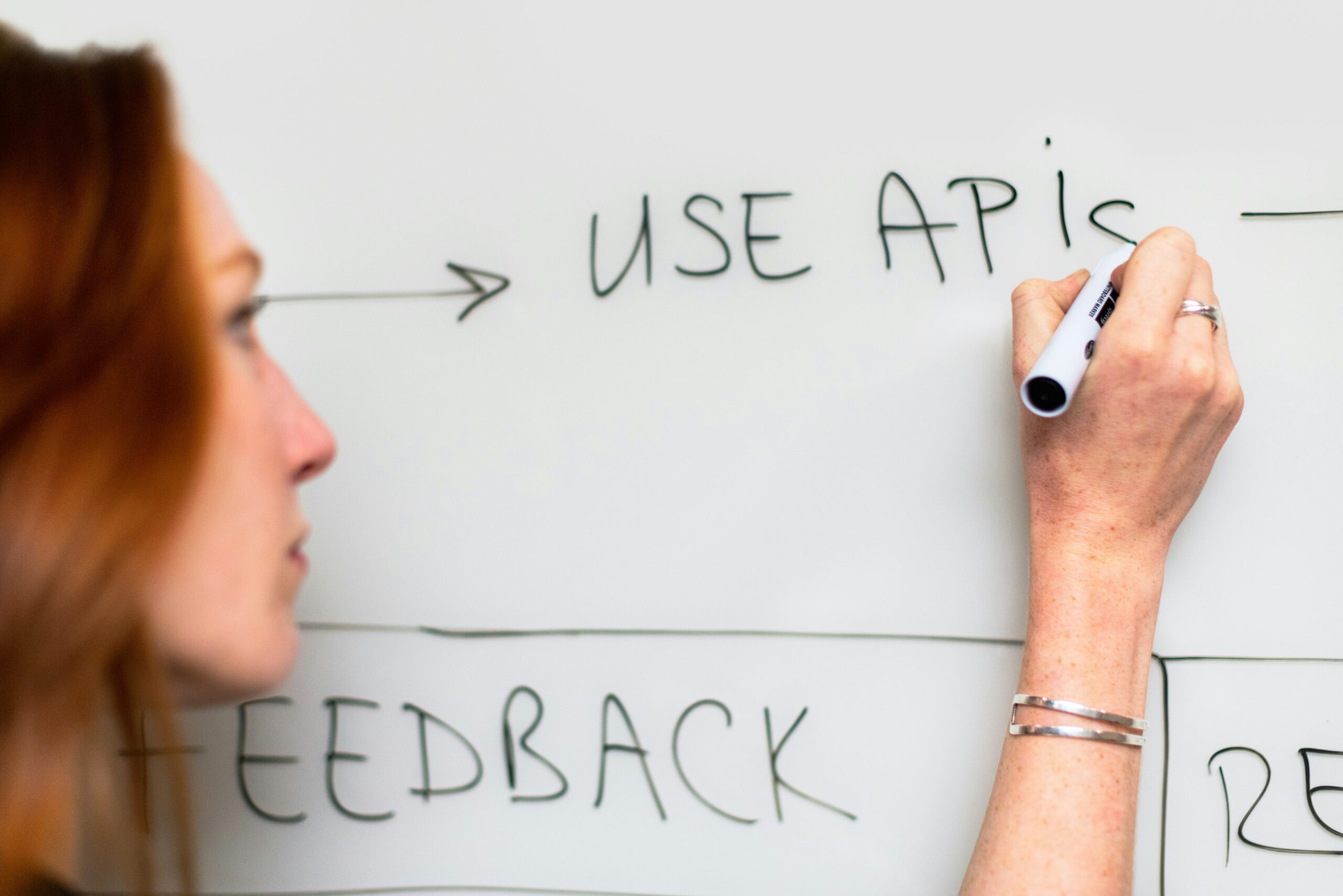Ah, the enchanted realm of software—the elusive, mystical domain where mere mortals dare to explore the intricate web of code, algorithms, and, dare I say, dreams! Gather around, curious minds and caffeine-powered coders, for today, we embark on a whimsical adventure into the kaleidoscopic world of software development lifecycle models. A journey, be forewarned, that will not only challenge your perceptions but might tickle your intellect as well! Here, we shall dissect the very fabric of our digital creations, unveiling the playful dance between structure and chaos that governs our projects’ timelines, as we frolic through waterfalls, spiral in spirals, and sprint agilely through obstacles.
To think of “lifecycle” in software development is to flirt with the paradox of an entity that never truly ‘ends’—an oxymoron wrapped in a conundrum, much like a sticky note on a programmer’s monitor which reads: “Remember to wear shoes!” Starting at initiation, hopping through the stages of planning, executing, testing, and maintaining, our beloved lifecycle models bring structure to the raucous cacophony of development. The models, they build bridges between ideas lofty in the clouds and utopian lands filled with functional software and satisfied stakeholders. Oh, but behold! In this chaotic carnival of progress, where methodologies clash with creativity and madness reigns supreme, one questions: What structure shall we employ?
The Universe of Software Development Lifecycle Models
Ah, the enchanting world of software development lifecycle models! It’s a landscape where colors collide, ideas flourish, and the unexpected pops up like a mischievous jack-in-the-box during a hypnotic dance of iterations. Picture this: you, a daring programmer, navigating through the vibrant jungles of the V-model, each branch a potential pitfall, yet each leaf holds the promise of a new, exhilarating feature. Do you hear that? It’s the pulse of innovation thrumming beneath the branches of your code!
The Whimsical Nature of Iteration
Now, let’s dive into the absurdity of the iterative approach—who needs a straight line, anyway? The very essence of the iterative process resembles a wild roller coaster, swinging you through loops of testing and revisiting requirements. Oh, glorious iteration! Each cycle is a delicious slice of trial-and-error pie, served warm. And let’s not forget the striking beauty of feedback; that golden nugget of wisdom comes from either untamed creativity or, sometimes, a user discovering an odd glitch that sends your carefully layered “Decorator” crashing to the ground like a house of cards!
Imagine this—your first iteration yields a magnificent, albeit wibbly-wobbly version of your software. It wobbles like jelly on a summer’s day, but oh, how it jiggles with potential! With every wave of user feedback, you take a step back, breathe deeply, and channel the spirit of an artist sculpting a masterpiece from the chaotic marble of your mind. Adjustments ensue, and what’s that? Another merry-go-round of improvement! You take the whirlwind of ideas, sprinkle in a touch of logic, and voila, the software emerges, not as a static entity, but as a living, breathing contraption of pixels and code.
The Enigma of the V-Model

Ah, the V-model, a paradox wrapped in an enigma, or is it an enigma wrapped in a paradox? This model stands tall and proud, akin to a regal mountain peak. It begs the question: why would one climb all the way up just to come back down again? But therein lies the beauty! The V-model symbolizes both verification (upward slope) and validation (downward slope)—two sides of the same absurd coin.
As developers, we are often torn between a need for structure and the spontaneous desire to throw caution to the wind. The V-model assists us in staying tethered while allowing our imaginations to soar! We define our requirements with the care of a watchmaker setting the intricate inner workings of a delicate timepiece, and that happy descent into validation feels like gliding down the smoothest of slides, until—what’s that?—a snag? Yes, a defect, lurking like a gremlin, sabotaging our serene ride toward perfection. But fear not! The V-model’s grace lies in its insistence upon structured testing at every level—a veritable safety net, if you will, preventing us from plummeting into chaotic abyss of breakdown!
DevOps: The Mad Scientist’s Lab
And now, dear reader, we turn to the chaotic magic of DevOps, the alchemical blend of development and operations that strips away the shackles of traditional silos! The very name sings like a siren, drawing you toward an ocean of seamless collaboration. Oh, what a riotous ball this is! With DevOps, the software development lifecycle models transform into a harmonious symphony—a confluence of teamwork, tools, and technologies that dances to the unusual beat of rapid iterations and feedback loops. Bam! Instant deployment! Pow! Crisis prevention with continuous integration like a well-oiled Rube Goldberg machine—an absurdly complex arrangement that results in astonishing simplicity!
Imagine developers and operations personnel squishing into a single room like a zany cast of characters in a sitcom, laughter bubbling up as they pop ideas back and forth like joyous confetti on a robust celebration. The DevOps culture rejects formality and embraces an adventurous spirit, allowing for experimental features to thrust forward into existence at ridiculous speeds! Why twiddle your thumbs while waiting for the clock to tick, when bashful releases can be an ongoing spectacle? Celebrate every tiny victory, every successful deployment, for they accumulate into a grand tapestry of progress!
In the end, the frameworks and models serve as our guiding stars—they illuminate pathways through the treacherous terrain of software development while allowing our creativity to run rampant. It’s not just lines of code we’re crafting; it’s a living narrative with twists and turns, where software development lifecycle models inspire innovation, resilience, and, yes, a delicious dash of delightful madness.
Conclusion: The Tapestry of Software Development Lifecycle Models
In the ever-evolving realm of technology, where the landscape is perpetually painted with shifting paradigms and innovations, the importance of software development lifecycle models cannot be overstated. Like a skilled Decorator adorning a plain canvas with intricate patterns and vibrant hues, these models furnish software architects, developers, and stakeholders alike with indispensable frameworks, guiding them through the myriad complexities inherent in crafting robust applications.
An Array of Approaches: Embracing Diversity

Diversity reigns supreme among the various approaches to software development lifecycle models; each method, be it lean, agile, waterfall, or spiral, carries its unique philosophy and strategic framework, enticing teams to align their workflows with distinct organizational needs and project specifications. Some, for instance, adhere rigorously to the sequential elegance of the waterfall model, where each phase curates a linear progression, while others might gracefully dance along the iterative lines of agile methodologies, embracing adaptability and change with open arms.
In this kaleidoscope of methodologies, the hybrid approaches emerge as captivating amalgamations, stitching together the pieces of traditional and contemporary models. Imagining this blend as a sumptuous tapestry, combining the resilience of waterfall with the fluidity of agile, the hybrid models present a compelling argument for fostering flexibility while ensuring structured progress. Developers, akin to artisans, can weave their projects into this fabric, allowing for adjustments and optimizations as shifting requirements reveal themselves like hidden gems along the journey of software development.
Now, consider prototyping. The noble art of prototyping acts as a clarion call for interaction between stakeholders and developers; it embodies the spirit of those elusive requirements that often evade definition. By engaging clients in the iterative process of visualizing potential outcomes, teams unveil the multifaceted dimensions of user expectations. The act of showcasing preliminary versions fosters clearer communication, enabling an organic evolution of ideas and ensuring that the final product mirrors the initial vision more closely.
The Unyielding Necessity of Requirements
As we venture deeper into the intricate folds of these software development lifecycle models, one cannot downplay the crucial significance of requirements—those guiding stars that illuminate the path forward. Alas, the challenge lies in their definition; requirements may often emerge nebulous, cloaked in the fog of expectations and assumptions. The marriage of well-structured models with an agile mindset not only assists in capturing these elusive requirements but also in embracing the dynamic nature of contemporary software crafting.
Among the philosophical inquiries that beckon, we must ask—how does one strike a delicate balance between the rigidity of predetermined timelines and the undeniable need for responsiveness to evolving requirements? This question encapsulates the very essence of what software development lifecycle models strive to achieve. Teams intoxicated by the allure of perfection may find themselves ensnared in the chains of paralysis, while those too eager to embrace change risk veering unceremoniously off course. It is here, in this twilight zone between structure and spontaneity, that the value of hybrid models gleams most vibrantly.
As we march further into this era of digital transformation, a plethora of hybrid methodologies have emerged as transformative forces, inspiring teams to cultivate a mindset that cherishes both detailed planning and fluid adaptability. These innovative approaches thrive on collaboration, allowing developers and stakeholders to engage in a harmonious exchange of ideas, thus curating projects that resonate with the needs and aspirations of their end-users.
In our retrospective gaze, it becomes evident that the journey through software development lifecycle models transcends mere technical rigor. Wrapped in layers of collaboration and communication, each model serves as a conduit for exploration—a vessel for the co-creation of solutions that not only meet technical criteria but also capture the heartbeat of the user experience.
In conclusion, the dance of software development lifecycle models, like a symphony of varied instruments, each with its distinctive timbre, ultimately coalesces into a rich auditory experience—enticing, engaging, and endlessly transformative. The challenge for modern development teams is to deftly select, adapt, and perhaps even invent their own models that resonate with their unique context, fostering an environment that nurtures creativity while anchoring the essence of purposefulness.
Thus, as the hands of the clock continue their relentless march forward, let us embrace the understanding that the evolution of software development lifecycle models is not merely a tale of frameworks and processes, but rather, a celebration of innovation and collaboration—a narrative woven by the hands of thinkers, creators, and visionaries united in a quest for the extraordinary. The future beckons, with open arms, urging us to venture into uncharted territories, with our toolkit of software development lifecycle models ever ready to navigate the unpredictable waters of this exhilarating digital age.

